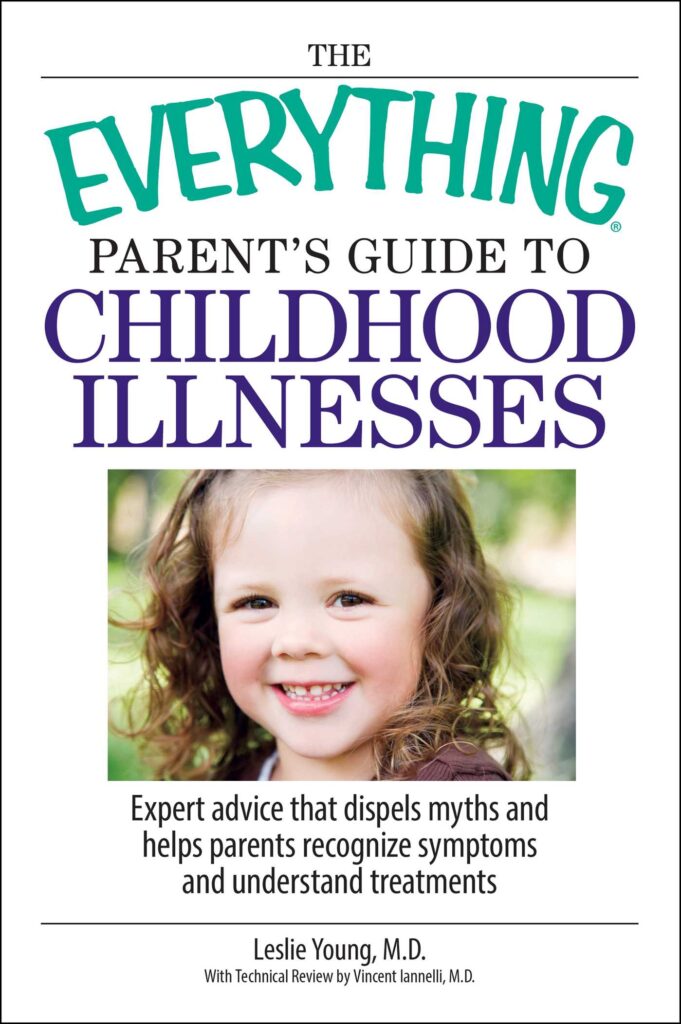
The Parent's Guide to Childhood Trauma by Sue Atkins
Back to Website | Back to Blog
Introduction
Childhood trauma is a critical issue that can have lasting impacts on a child's mental and emotional well-being. Sue Atkins offers valuable insights and guidance in her book, The Parent's Guide to Childhood Trauma, helping parents navigate and support their children through these challenging experiences.
Understanding Childhood Trauma
Trauma can stem from various sources, such as abuse, neglect, loss, or witnessing violence. It's essential to understand the signs and symptoms of trauma to provide effective support.
Signs and Symptoms
| Emotional | Behavioral | Physical |
|---|---|---|
| Anxiety, depression, fear | Aggression, withdrawal, clinginess | Headaches, stomachaches, sleep disturbances |
Impact of Trauma
Trauma affects children differently depending on their age, personality, and the nature of the traumatic event. The impact of trauma can be seen in their emotional, cognitive, and social development.
Emotional Impact
Children may experience intense fear, anxiety, and sadness. They might also develop a distorted sense of self-worth and feel unsafe in their environment.
Cognitive Impact
Trauma can hinder a child's ability to concentrate, learn, and perform academically. It may also lead to difficulties in memory and problem-solving.
Social Impact
Children may struggle to form healthy relationships and trust others. They might isolate themselves or exhibit aggressive behavior towards peers.
Supporting Your Child
As a parent, your support is crucial in helping your child heal from trauma. Here are some strategies outlined by Sue Atkins:
Create a Safe Environment
Ensure your child feels safe at home and in their daily surroundings. Consistency and routine can provide a sense of security.
Open Communication
Encourage your child to express their feelings and listen to them without judgment. Validating their emotions helps them feel understood and supported.
Seek Professional Help
Professional therapy can be highly beneficial. Therapists can provide specialized techniques to help your child process their trauma.
Practice Self-Care
Supporting a child through trauma can be emotionally taxing. It's important for parents to take care of their own mental and physical health to be effective caregivers.
Long-Term Strategies
Healing from trauma is a long-term process. Here are some strategies for sustained support:
Building Resilience
Foster resilience by encouraging your child's strengths and providing opportunities for positive experiences and success.
Maintain Routine
Consistency helps children feel secure. Keep routines for meals, bedtime, and other daily activities to provide a stable environment.
Monitor Progress
Regularly check in with your child about their feelings and behaviors. Be attentive to any signs of regression or new symptoms.
Conclusion
Childhood trauma is a challenging issue, but with the right support, children can heal and thrive. Sue Atkins provides a comprehensive guide for parents to navigate this difficult journey. By understanding the impact of trauma and employing effective strategies, parents can play a pivotal role in their child's recovery.
For more insights and resources, visit our website and blog.


